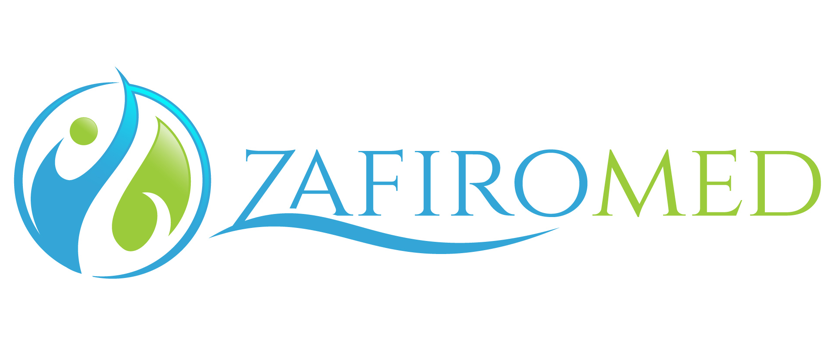PLATELET RICH PLASMA THERAPY (PRP)
One of the most exciting emerging forms of regenerative medicine for soft tissue injuries is Platelet Rich Plasma (PRP) therapy. PRP injections are an increasingly popular alternative to surgery and are getting great results for patients of all ages.
Platelet rich plasma is plasma that is composed mainly of one’s own platelets. After obtaining a sample of blood from you, it is centrifuged or spun so that the individual components are separated, leaving the remaining fluid or plasma rich with platelets.
Innately, within our body, platelets are the cells which assist in the healing process. When we injure a part of the body, the platelets automatically migrate to the site of injury, initiating a healing response by releasing numerous growth factors and other proteins which promote healing. By directly providing a rich source of platelets into an injured site, we provide more healing factors, as it enhances the body’s natural healing capacity, leading to a more efficient and thorough restoration of the tissue to a healthy state.
PRP injections are contraindicated in patients with: platelet dysfunction, low platelet, low red blood cell counts, unstable blood pressure, blood, skin infections, chronic liver disease, lupus, porphyria, patients undergoing chemotherapy or who currently have cancer, patients taking anticoagulant medication, patients with severe systemic medical issues, skin disease or skin cancer.
Frequently Asked Questions
The procedure:
A blood sample is obtained from the patient, this sample is placed in centrifuge to separate plasma rich with platelets (10 min-20min). The PRP is collected into a sterile syringe. The skin is prepared using an antiseptic agent, and the skin along with the soft tissues are anesthetized with a local numbing agent. The PRP filled syringe is then guided into the relevant body site.
Conditions that can be treated with PRP, including: facial aging, tendonitis/tendinosis, muscle injuries, rotator cuff tendonitis, tendonopathy, or partial tears.
Is there any pain?
Some patients report swelling and stiffness or mild to moderate discomfort lasting a few hours after the injection. This is a normal response and is a sign that the treatment is working. Over time, the affected area will begin to heal and strengthen and you will experience considerably less pain.
Each time an individual undergoes a facial treatment or therapy session, they will bare results for a variety of time that usually lasts between 9 to 24 months. Just like all cosmetic procedures, this is not a once in a lifetime treatment, but it can however bare incredible results for a relatively long amount of time.
Potential Complications
As PRP is obtained from your own blood, the risk of reaction is low. As with any injection, there is a small risk of injury to any structures in the area as well as a very small risk of infection.

